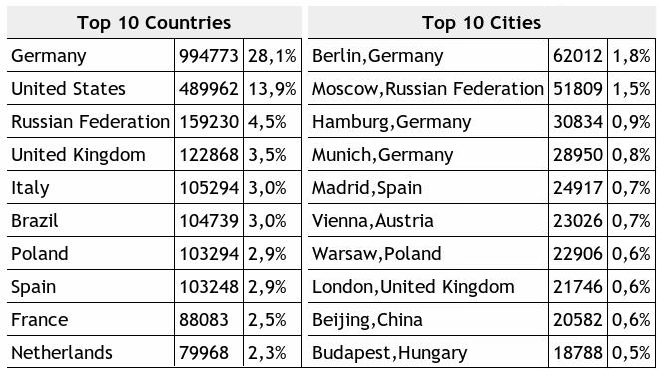It’s been a while since I’ve posted or been active in the community, so I thought I’d toss an update out there. I’ll cross post this on my personal blog and on Cool Solutions (modified for SLEx 10). This is a pretty rudimentary post as installation from source is pretty straightforward, but perhaps it’ll be useful to someone.
The only requirements for this build that I’m aware of at this time are make, gcc, and the openssl/openssl-devel packages.
The default Ruby distribution in 11.2 is 1.8.7, contrasting the current stable release of 1.9.1. If you already have Ruby installed via zypper, you’ll need to uninstall it (‘sudo zypper rm ruby’), otherwise the first step is to grab the latest release from http://www.ruby-lang.org/en/downloads/.
Next, unpack your release (replacing 1.9.1-p376 with the build you downloaded):
tar xfvz ruby-1.9.1-p376.tar.gz
Change to the extracted directory and run the config script:
cd ruby-1.9.1-p376 && ./configure
Build the release: Note that you can allow jobs to run simultaneously with the -j switch, see make (1) for further details.
make
Install the release as root:
sudo make install
To verify that 1.9 is indeed installed, issue:
ruby --version

